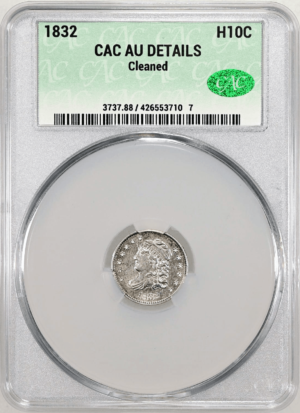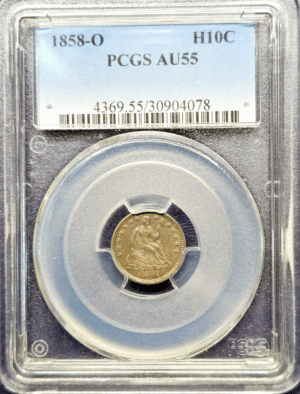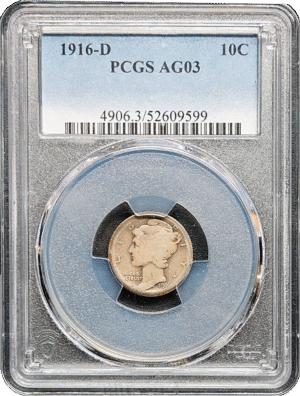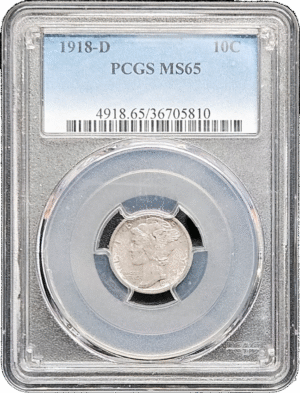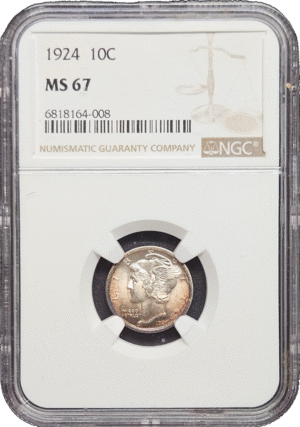Did you know that the United States Mint originally minted a “half dime” in addition to the traditional dime or disme? The Coinage Act of 1792 established the dime as an official coin, at which time it was spelled “disme”. The name of the dime referred to the “10” in its decimal value, and the half dime was minted in reference to the “5”. These coins were in circulation until 1873, and they have been replaced by the nickle. But the history of the half dime is shrouded in confusion and debate. Some numismatists consider the half dime to be a pattern coin, or “test piece”, while others consider it to be the first business strike coin minted by the United States Mint under the Coinage Act of 1792. What do you think? The word dime comes from the Old French disme (Modern French dîme), meaning “tithe” or “tenth part”, from the Latin decima [pars]. The dime is currently the only United States coin in general circulation that is not denominated in terms of dollars or cents. As of 2011, the dime cost 5.65 cents to produce.(Wikipedia)
1832 Capped Bust Half Dime CAC AU Details
$245.001858 O Half Dime PCGS AU55
$325.001916 D Mercury Dime Key Date PCGS AG3
Original price was: $1,050.00.$1,000.00Current price is: $1,000.00.1918 D Mercury Dime PCGS MS65
$925.001924 Mercury Dime Toner NGC MS67
$1,150.001942/41 Mercury Dime NGC AU58 | High Grade Overdate
$2,400.00


